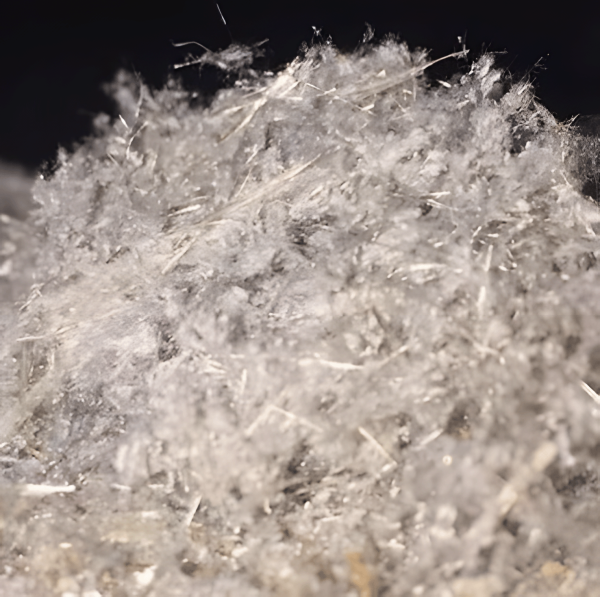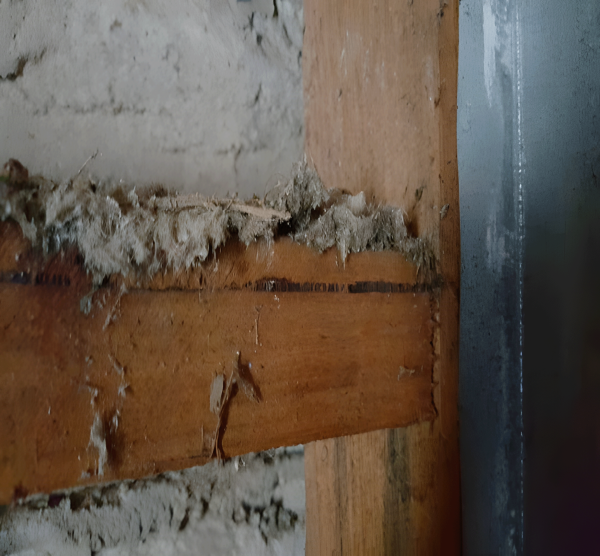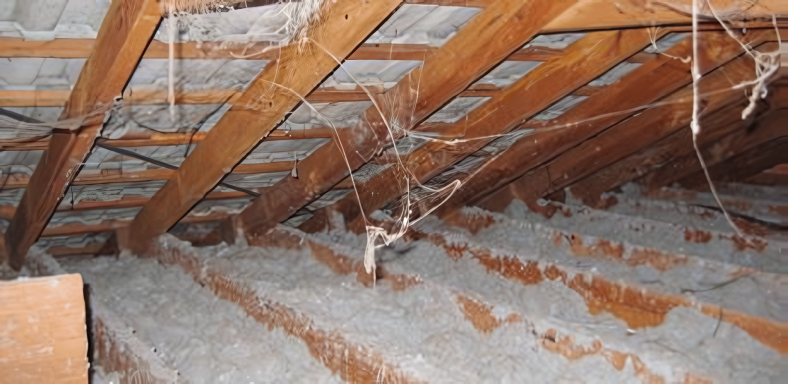Working in pre-1980 built homes
Safety is always a priority. If you're working on or in a pre-1980 built home, make sure to check if loose-fill asbestos insulation (LFAI) is present before starting or quoting work.
The Loose-fill Asbestos Insulation register only identifies properties that have tested positive for LFAI.
NSW Fair Trading is moving to nsw.gov.au
Can't find what you're looking for? During the change, you may find the information you're looking for on the NSW Fair Trading website.
What is asbestos
Asbestos is the name given to a group of naturally occurring mineral fibres that were used in a wide range of industrial and domestic products due to their strength, insulating features and resistance to fire.
How loose-fill asbestos insulation differs from non-friable (bonded) asbestos
Loose-fill asbestos insulation is raw asbestos that has been crushed into a fine state and installed in ceiling spaces. During the 1960s and 1970s loose-fill asbestos insulation was installed in some residential and commercial premises in Australia. One company, which traded in the Australian Capital Territory as Mr Fluffy, was the main installer of loose-fill asbestos insulation.
The NSW Government is required under the Home Building Act 1989 to maintain a register of residential properties that are confirmed to contain loose-fill asbestos insulation - the Loose-fill Asbestos Insulation register. The register enables a search for each property by its street address.
Under the Home Building Act 1989, a property affected by loose-fill asbestos insulation must display a warning sign at its main switchboard once it has been added to the register.

Be aware
It is likely that there may be unidentified homes that contain loose-fill asbestos insulation.
There are many other products that have the appearance of loose-fill asbestos insulation. In some cases, in the roof space, loose-fill asbestos insulation has also been located underneath synthetic mineral fibre insulation (batts).
Therefore, care needs to be taken to ensure the safety of people accessing the roof space in homes where loose-fill asbestos insulation might be present.
Examples of materials that might look like loose-fill asbestos insulation include:
- degraded synthetic mineral fibre (batts)
- cellulose insulation
- rockwool.



If unsure of the material installed in the ceiling space, the only way to determine if the material is loose-fill asbestos insulation is by testing. The homeowner, building contractor or inspector should engage a competent person, such as a licensed asbestos assessor, to assess the risks and provide expert advice before commencing any work and accessing ceilings or sub-floor areas.
A worker should not enter the sub-floor, wall cavities or roof space of a home affected by loose-fill asbestos insulation unless they are a Class A licensed asbestos removalist or a licensed asbestos assessor.
Other workers should only enter these areas under the direct supervision of a Class A licensed asbestos removalist and comply with their instructions i.e. personal protective equipment (PPE) and decontamination.
If there is a requirement to access roof spaces, wall cavities or sub-floor areas to undertake work in a home where you suspect loose-fill asbestos insulation might be present, employers should:
- ask the home owner/occupier if the property contains loose-fill asbestos insulation
- ask the home owner/occupier if testing has been undertaken and if so, review the report
- if you suspect that the home may contain loose- fill asbestos insulation, request the home owner to have it tested prior to proceeding with any quote or works. Do not enter roof space or sub- floor areas until tested by a competent person
- upon entering any roof spaces, wall cavities or sub-floor areas in a property that appears to contain loose-fill asbestos insulation, the worker should:
- immediately withdraw from the area
- notify the home owner/occupier
- ask their manager/supervisor to contact the home owner to arrange for the material to be tested by a competent person such as a licensed asbestos assessor.
If the result confirms the presence of loose-fill asbestos insulation, the homeowner can contact us to inquire about potential assistance available which will be assessed on a case-by-case basis. Contact Service NSW on 13 77 88 or email asbestosenquiry@customerservice.nsw.gov.au.
Employers and any other persons reading this document must comply with the applicable legislation.
Contact NSW Fair Trading
Online: Complaints and enquiries
Phone: 13 32 20 (Monday to Friday, 8:30am-5pm)
In-person: find a service centre